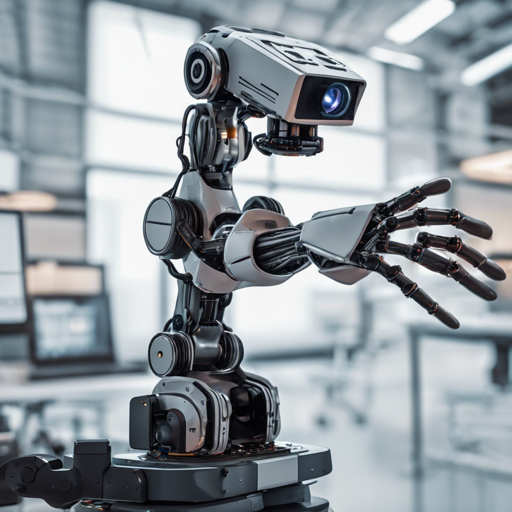If you’re venturing into the world of robotics and real-time object detection, the YOLO ROS package might just be your golden ticket. This robust system utilizes the state-of-the-art YOLO (You Only Look Once) model, making it possible to detect various objects swiftly and efficiently using your camera images. Let’s break down the steps to easily set up and troubleshoot this package!
Overview of YOLO ROS
The YOLO ROS package enables object detection on both GPU and CPU, leveraging a convolutional neural network that can recognize pre-trained classes from the Pascal VOC and COCO datasets or even your own custom detection objects. With compatibility for ROS Noetic on Ubuntu 20.04—and branches available for ROS Melodic, ROS Foxy, and ROS2—it brings versatility for various robotic applications.
Installation Steps
1. Dependencies
Before diving into installation, ensure you have the following dependencies installed:
- Robotic Operating System (ROS)
- OpenCV (computer vision library)
- Boost (C++ library)
2. Building the Package
To build the darknet_ros package, execute these commands:
cd catkin_workspace/src
git clone --recursive git@github.com:leggedrobotics/darknet_ros.git
cd ..
catkin_make -DCMAKE_BUILD_TYPE=ReleaseAlternatively, to use the Catkin Command Line Tools:
catkin build darknet_ros -DCMAKE_BUILD_TYPE=Release3. Downloading Weights
The YOLO weights can be automatically downloaded, but if you need them again, run:
cd catkin_workspace/src/darknet_ros/darknet_ros/yolo_network_config/weights
wget http://pjreddie.com/media/files/yolov3.weights4. Custom Detection Objects
If you want to use your own detection objects, you’ll need to provide your weights and cfg files in the following directories:
catkin_workspace/src/darknet_ros/darknet_ros/yolo_network_config/weightscatkin_workspace/src/darknet_ros/darknet_ros/yolo_network_config/cfg
Don’t forget to create a config file for ROS that defines your detection objects’ names and update the launch file accordingly.
Basic Usage
To run the YOLO ROS object detection, adapt necessary parameters by duplicating and modifying the appropriate parameter files within the darknet_ros package.
Understanding the Code Structure: An Analogy
Think of setting up YOLO ROS as assembling a complex jigsaw puzzle. Each piece, representing a different aspect of the code, must fit together perfectly to unveil the complete picture of your object detection system.
- The main node is the centerpiece of this puzzle, where all camera measurements come together to reveal detected objects.
- Each parameter file serves as an edge piece, defining how the system interacts with inputs (such as camera reading) and outputs (like bounding boxes).
- Finally, the launch file acts like the guiding image that shows you how everything fits together, directing how the various components communicate seamlessly.
Troubleshooting Tips
If you encounter any issues while setting up or running YOLO ROS, here are some common fixes:
- Make sure all dependencies are correctly installed, as missing libraries can derail your project.
- If you receive CUDA-related errors, check the compute capability of your GPU and modify the CMakeLists.txt file accordingly.
- For downloading weights from the internet, verify your internet connection if the command fails.
For more insights, updates, or to collaborate on AI development projects, stay connected with fxis.ai.
Conclusion
At fxis.ai, we believe that such advancements are crucial for the future of AI, as they enable more comprehensive and effective solutions. Our team is continually exploring new methodologies to push the envelope in artificial intelligence, ensuring that our clients benefit from the latest technological innovations.

